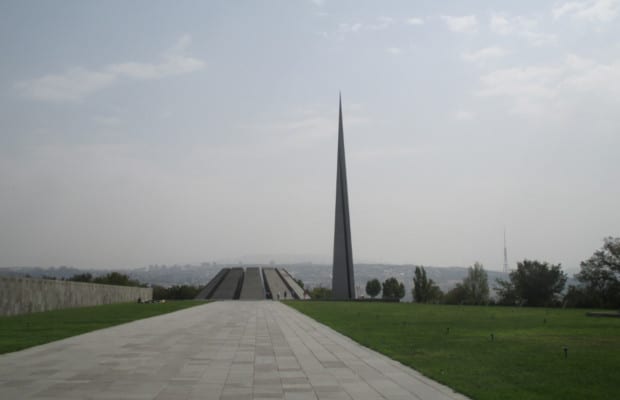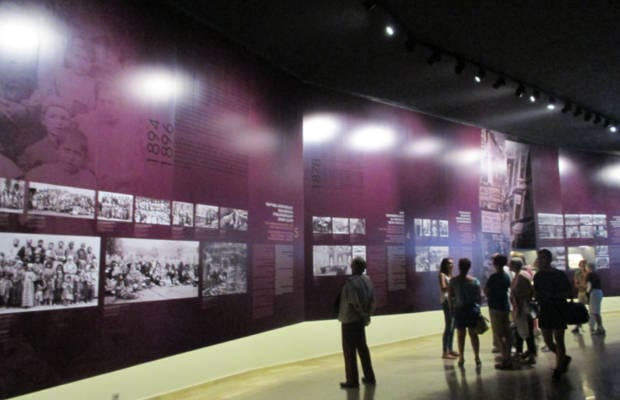Armenian Genocide Museum: Reliving a painful history
 One of the most poignant aspects of my visit to Armenia last September was the heart-rendering tales of the genocide, the pain of which every Armenian across the world continues to carry in his / her heart. As many as 28 countries across the world recognise the Armenian genocide that had happened between 1915-1923 in the Ottoman Empire. India incidentally is not among those nations. The genocide museum and memorial is a painful reminder of the sad history of the nation that has seen the death of 1.5 million people in the beginning of the 20th century. As every visitor to Armenia will realise, the last 100 years do not seem to have lessened the pain for them any less.
One of the most poignant aspects of my visit to Armenia last September was the heart-rendering tales of the genocide, the pain of which every Armenian across the world continues to carry in his / her heart. As many as 28 countries across the world recognise the Armenian genocide that had happened between 1915-1923 in the Ottoman Empire. India incidentally is not among those nations. The genocide museum and memorial is a painful reminder of the sad history of the nation that has seen the death of 1.5 million people in the beginning of the 20th century. As every visitor to Armenia will realise, the last 100 years do not seem to have lessened the pain for them any less.
 The Armenian Genocide Memorial Complex in Yerevan was built in 1967 on Tsitsernakaberd hill. The imposing tall structure of the genocide monument towers over the area.. As soon as one steps into the garden and the extended lawn that leads to the memorial, notes of sad music wafts through the air in keeping with the sombre atmosphere of the premises.
The Armenian Genocide Memorial Complex in Yerevan was built in 1967 on Tsitsernakaberd hill. The imposing tall structure of the genocide monument towers over the area.. As soon as one steps into the garden and the extended lawn that leads to the memorial, notes of sad music wafts through the air in keeping with the sombre atmosphere of the premises.
 The Armenian Genocide Museum-Institute was inaugurated in 1995 on the occasion of the 80th anniversary of the genocide. The museum leaves a powerful impact on every visitor. The detailed explanations according to chronology is a moving account of the horrific events. The museum exhibits the photographs of the orphans of the genocide, women and children sent to Syrian desert without food and water, stark documentaries, methods of mass killing depicted are tragic reminders of the darkest hours for the Armenians. All photographs were taken by eye witnesses who saw the genocide.
The Armenian Genocide Museum-Institute was inaugurated in 1995 on the occasion of the 80th anniversary of the genocide. The museum leaves a powerful impact on every visitor. The detailed explanations according to chronology is a moving account of the horrific events. The museum exhibits the photographs of the orphans of the genocide, women and children sent to Syrian desert without food and water, stark documentaries, methods of mass killing depicted are tragic reminders of the darkest hours for the Armenians. All photographs were taken by eye witnesses who saw the genocide.
For Armenians it was not only the death of its people but also a cultural genocide on account of the massacre of Armenian intellectuals, clergymen, and destruction of historical and cultural heritage. A century has passed but it is a grief that they do not want to ever lessen leave alone forget.

